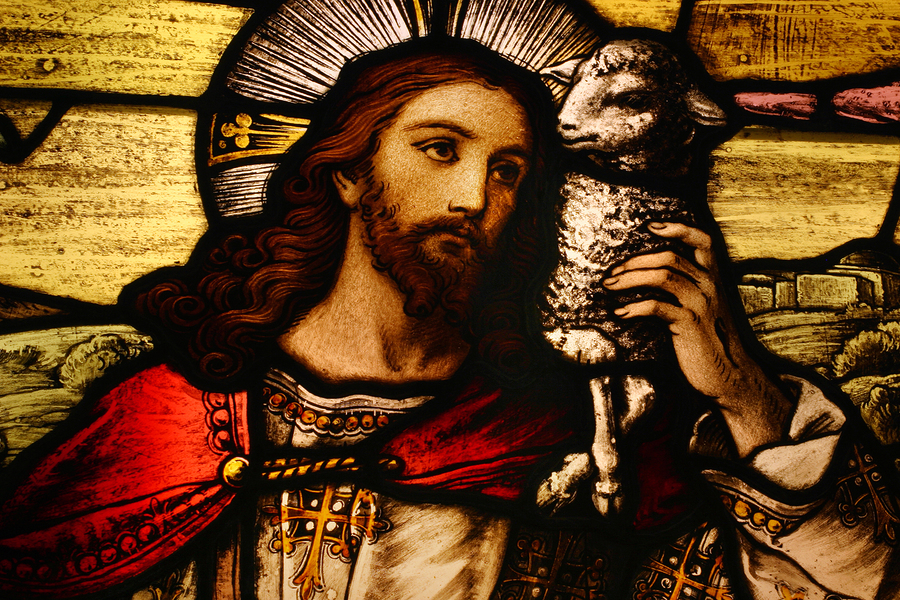
The Lamb of God
01-17-2021Weekly ReflectionJohn the Evangelist uses the theme of the Lamb of God a lot in his Gospel and the book of Revelation. For John the Baptist, Jesus is the Lamb of God in the Gospel of John. The symbolism of the lamb as an innocent sacrifice has its origin in the Old Testament. In the Temple liturgy, an innocent lamb is sacrificed as a holocaust or burnt offering. The burnt offering stresses the victim character of the offering.
The lamb is a symbol of innocent, harmless, and endearing sacrifice to depict the Savior, the Lamb of God. The prophets use these unique characteristics of the lamb to refer to the Messiah, the Christ. The lamb’s symbolism has a rich history and is explicitly associated with the temple liturgy with the character of a salvific sacrifice. The life of the Lamb is sacrificed in place of the life of a human person and offered to God instead. In the book of Exodus, a lamb was sacrificed in place of every firstborn son of Israel on the eve of their departure from Egypt. A lamb was also sacrificed at the Last Supper table, on the eve of Jesus crucifixion. Aside from its sacrificial theme, the meat of the sacrificed lamb is food. While the wool and the skin are made cloaks to protect man from the elements of nature.
The sacrifice of the lamb does not truly expiate man's sins, or appease the Most High, but it reminds us of the need to offer oneself wholly to God. A contrite and humble heart, acceptance of our fault is the way to make a worthy expiation for our sins. The sacrifice is a prefiguration of the real victim sacrifice of the Lamb of God, Jesus Christ. That is why in the annual Passover, the paschal lamb had to be a yearling and without blemish. St. Paul also saw in the paschal sacrifice Jesus as the Victim Savior: Christ our Passover has been sacrificed. Let us celebrate the feast, not with the old yeast, that is corruption and wickedness, but with the unleavened bread of sincerity and truth. (1Cor. 5:7,8)
In the Eucharist (Mass), we celebrate the Paschal Mystery, we offer the Lamb of God to the Father and partake of His sacred flesh. His blood is our protection, salvation, and the ransom of all our sins. In the Mass, we cry with a triumphant voice, three times: Lamb of God, who takes away the sins of the world. Have mercy on us. By this chant we profess to our Savior our deepest faith, He is the Savior of the World. Because of the Lamb of God that was slain for us, we owe our Lord Jesus Christ everything. If He did not offer Himself for our sins, we would not have the hope for eternal life. His death was a salvific sacrifice for our sins and of the whole world. Let us all be mindful of His great love for us every time we recite the Glory to God in the Highest on Sundays, and the chant of the Lamb of God, just before we receive the Body and Blood of Our Lord and Savior.
Andrew professed to his brother Peter that Jesus, whom John the Baptist pointed out as the Lamb of God is the Messiah, the Christ. Like Andrew and the first disciples, let us also acknowledge and follow the Lamb of God, the Victim sacrifice as our Messiah, the Christ of God.
BACK TO LIST